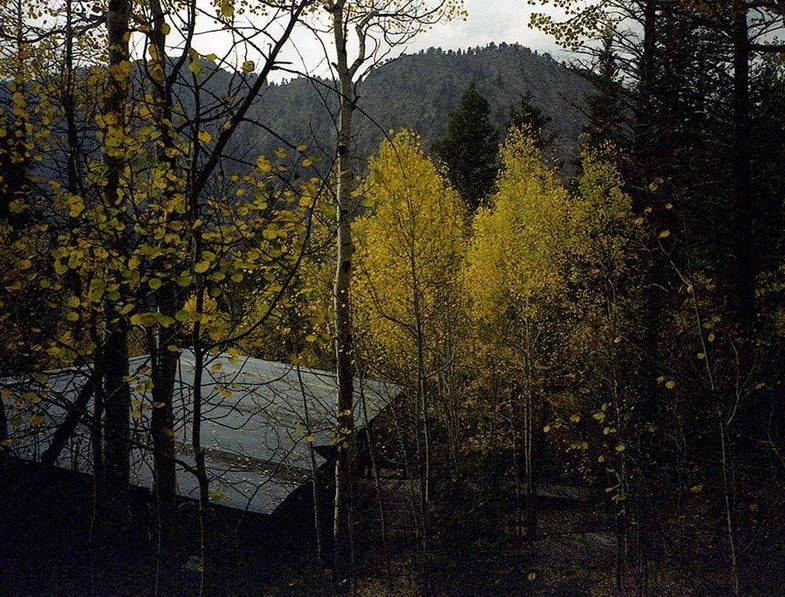
If you’re shooting film already, you know that you need to develop a tolerance for uncertainty.
Film can be fogged, or wrecked in development. Your shutter might drag or the mirror not swing up correctly. Without an LCD screen built into the camera, you have no way to check whether you got the shot—you’ve put your faith in your camera, your skill, and your film.
It’s like doing a trust fall every time you release the shutter.

Using expired film compounds the uncertainty, like jumping from an airplane with a parachute you just bought at an army surplus store. You don’t know who packed it or what it may have suffered in all the years since then. Okay, maybe it’s not that bad—there is a lot less to go wrong with a roll of film than a parachute, and a lot less riding on it—hopefully.
What do you mean by ‘expired?’
Short of being run over by a truck, a flash card is going to work more or less the same no matter when it was made. Not so with film, which uses chemical reactions instead of semiconductors to capture images.
To make film, a gelatin paste full of silver salts is smeared onto strips of thin plastic and wound into rolls—pretty much. What’s important here is understanding that the silver halides are modified by a chemical reaction when exposed to light or other forms of radiation.
Film has expiration dates for several reasons. Over time, the sensitivity of the silver halides can begin to degrade. Cosmic and background radiation (as well as fallout from nuclear testing) may also cause the unmodified silver salts to be modified in random—and usually somewhat even—distribution, which reduces the number of available unexposed crystals and introduces noise. This is called fogging.
In color films, there are multiple layers of silver halides interspersed with dyes and color masks. Dyes break down more quickly than the silver halides, and the multiple layers may degrade at different rates.
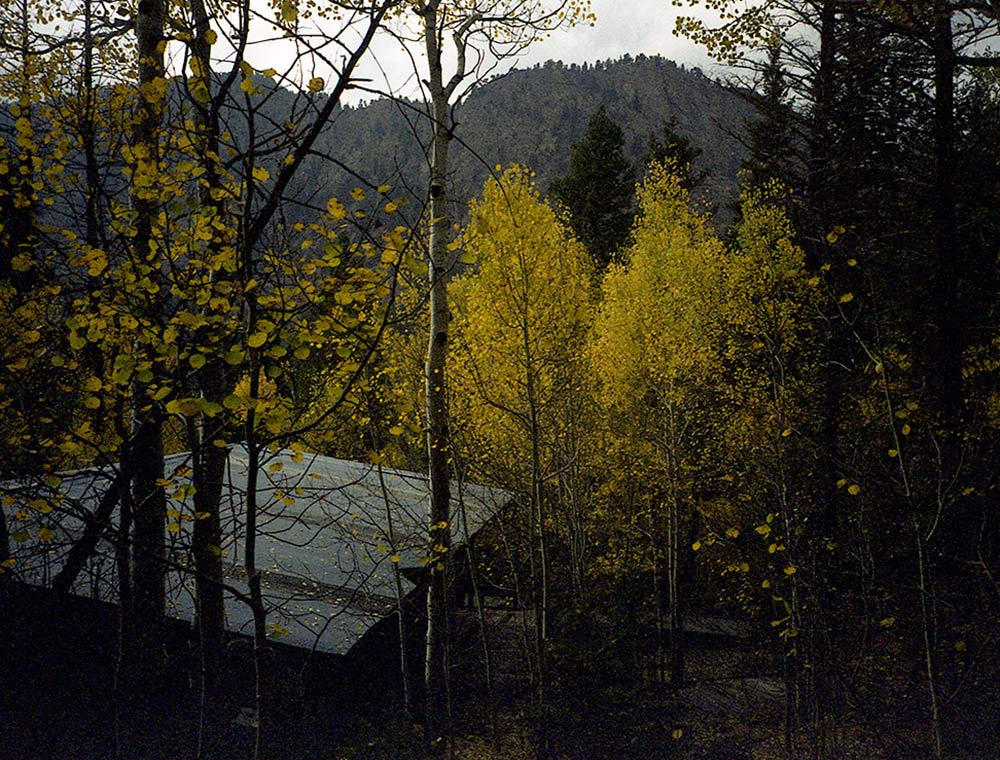
Most films have an expiration date about two years after their month of manufacture. It’s more of a “best if used by” date. Some films even label it with something like, “for best results, develop by.” The manufacturers are protecting themselves from complaints about the ever-increasing unpredictability of film as it ages, but there’s no reason you can’t still use film well past that date.
Where do you get expired film?
You can get it all over the place. There might even be some in your parents’ or grandparents’ attic.
Independent drug stores, gas stations, and convenience stores might still have unsold film that’s been on the shelf for decades. Thrift stores sometimes have old stock that was donated by warehouses or retail chains. Estate and garage sales might have the film from the top of someone’s closet. Antique stores can be a good source of extremely old film, but the prices may be unreasonable.
Any place that deals in film cameras likely has a supply of expired film that came in with lots of equipment. Craigslist and other online classified sites may occasionally turn up small quantities. The Film Photography Project sells some expired film stocks, too, which have been tested and will include the recommended speed rating in the description.
You can even look on eBay if you’re brave enough, although it’s usually among the most expensive options.
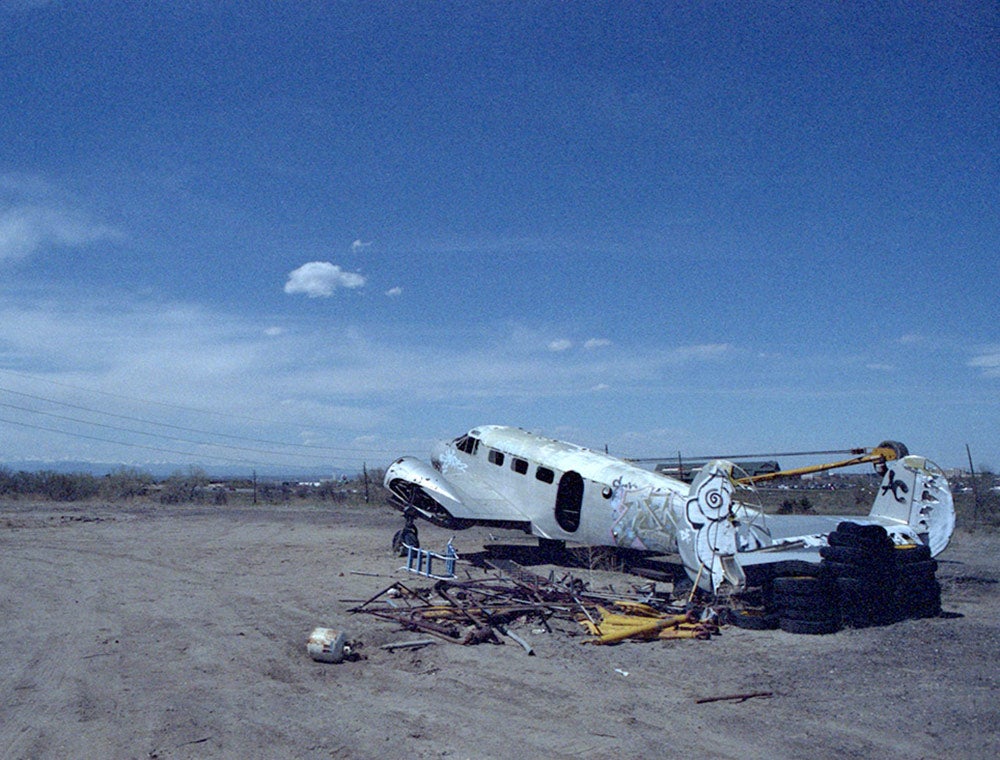
Does it matter how expired film was stored?
It really, really does.
Film stored cold—especially frozen—tends to degrade much more slowly. This is especially useful with color films for keeping the dyes from deteriorating. Frozen film is often just as good, or almost as good, as fresh film. Heat is film’s worst enemy and can cause increased grain, color shifts, and in some cases, brittleness.
“You can take a new roll of Fujicolor out in July, leave it in the car for one day, and it’s just awful,” says Steve Frank of Old School Photo Lab.
Fogging from background radiation isn’t a big problem, usually, until a film is more than a few decades old. If you find something 50 or 75 years old that was stored in a lead container or bomb shelter, it may well be considerably less fogged than if it had spent those decades in an attic or closet. Anything that was on the shelf before the spate of nuclear testing in the 1950s and early 1960s may be considerably more fogged than film just a little bit younger.
Because everyone’s film is stored differently, even the same film stock with the same or similar expiration can behave in a wide variety of ways. One photographer’s results with a certain emulsion can be stunning while the another’s are unrecognizable.
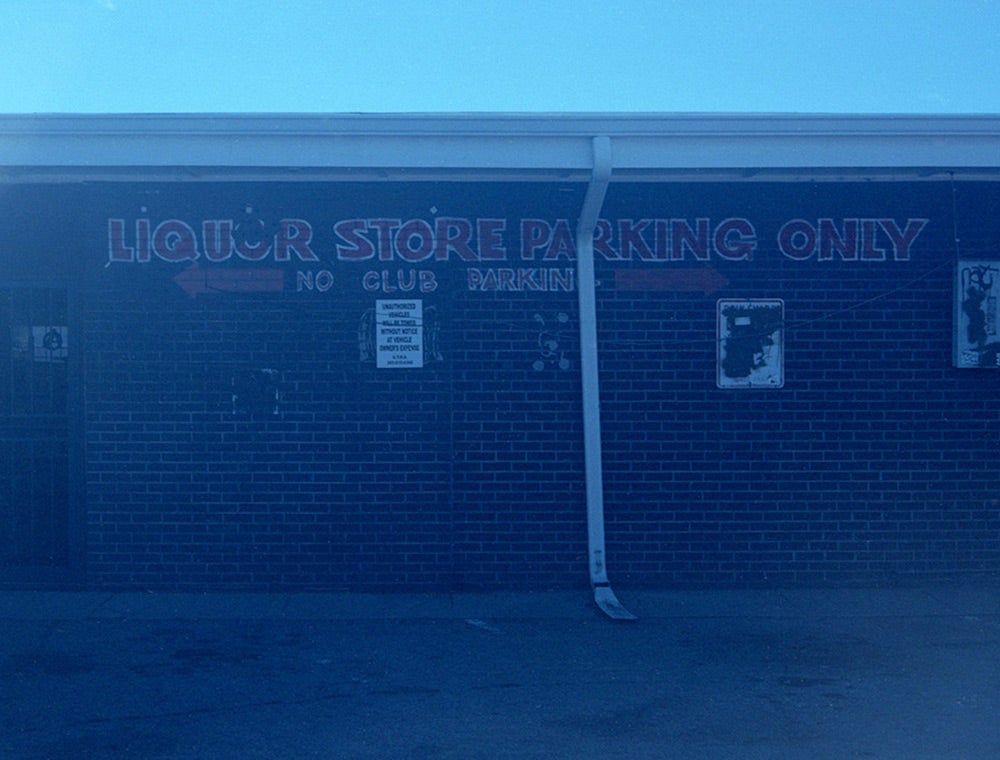
What kind of effects will you get from expired film?
The primary effects of age on photographic film are decreased sensitivity and contrast, increased grain, and color shifts.
Color shifts may be subtle or extreme, depending on both the age and the storage conditions. Different emulsions may shift different ways, some moving toward the blue and others toward the magenta or the yellow, because different dyes age differently.
“All those layers just don’t want to grow old colorfully, and people frequently just don’t know how it was stored,” says Frank. “Pushing might help some, but I don’t think it’s a savior.”
In many cases, with or without color shifts, saturation will be reduced. This can range from slightly muted colors to extreme desaturation bordering on selective color.
With all films you can get a variety of unevenness—mottling or spotting, streaking, inconsistent grain, and so on.
With paper-backed roll film, occasionally backing paper marks can soak into the emulsion where they come in contact, affecting how the film exposes and causing localized color shifts or increased grain. Basically, you can read the markings in the finished images.
Any other special considerations for shooting with expired film?
The older you go in terms of expiration date, the more factors you need to consider. In addition to expecting fogging, you’ll want to be aware of the required developing processes.
It’s no longer possible to develop Kodachrome (K-12 or K-14 processes), and may not be possible to develop color films designed for other defunct methods, such as the C-22 negative and the E-2, E-3, or E-4 transparency processes, since the chemicals no longer exist. It may be possible to recover images from some of these by developing them as black-and white or consulting experts like Film Rescue International or Rapid Photo.
Pay attention to the film speed—slower films tend to fog less. High speed films (ASA 800 and up) may age very rapidly and even be unusably fogged after only a few decades.
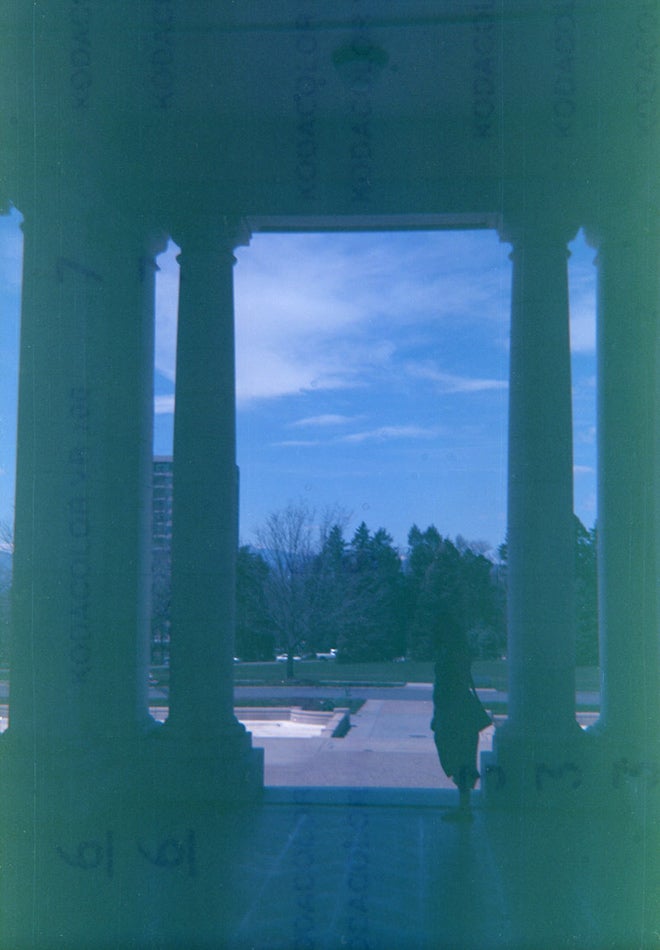
Some formats may be harder to develop at home, requiring vintage developing tanks, reels, and the like. The format may also affect the longevity.
“Old color rolls, wound tightly with paper backing, seem to suffer less,” advises Frank, adding that he suspects reduced oxidation is the reason.
Both film and backing paper can become brittle after 50 or more years. To avoid breaking them, you may want to use a camera with a smooth and simple film path (not too many sharp turns), and be gentle when advancing the film.
As with any film, let it come slowly up to room temperature if it’s been in the freezer or refrigerator before loading. Any age-related brittleness will only be compounded by the additional brittleness all films experience when they’re still cold.
How to compensate for lost sensitivity with expired film
Film speed is just a measure of the sensitivity of the emulsion on the film: The faster the film, the fewer photons required to modify the silver salts and produce an image. To compensate for lost sensitivity, it is possible to simply rate the film slower. In setting your exposure, you can pretend the box says ASA 25 instead of ASA 100, for example.
The rule of thumb for color negative film is to rate it one stop slower for every decade since it expired, assuming you don’t know the storage conditions. Every expired roll is its own unique beast, so results may vary.
I usually round down from the 1-stop-per-decade standard, meaning that I would expose ASA 400 for that expired 35 years ago as ASA 50, which is three stops slower. If I knew it had been frozen all that time, I’d probably rate it down one stop to ASA 200. If it was stored in a fridge or other cool, dry place, I’d split the difference and rate it at ASA 100.
Black-and-white film holds up much better since it has only a single layer of silver halides, and no color dyes. I would rate it down one stop for every two decades, meaning all of the above is basically halved. Under 20 years old, I’d likely expose it only one-third of a stop over or at box speed (the manufacturer’s recommended speed) if I knew it had been stored cold or frozen.
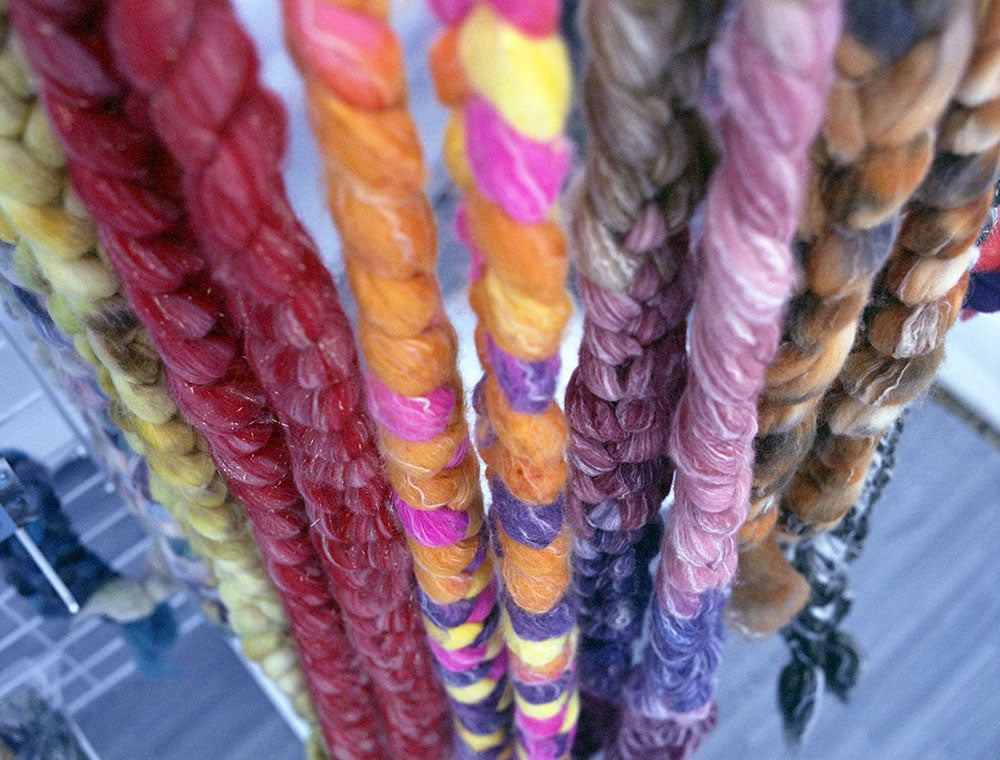
Slide film has less latitude than negative film, generally speaking, so nailing exposure is even more important for fresh or expired film. While I have had good luck with expired slide film, most avoid it.
“The blacks go to nothing. You can push it, you can pull it—it’s just bad,” says Frank. “I would steer anyone away from it if its origins and storage are unknown.”
Trial and error can help, though. If you can get multiple rolls of the same expired film, (same source, similar age, likely to have been stored together in the same conditions) you can experiment with one roll and refine.
Bracketing your shots on the first roll may give you a better chance of getting pleasing results on subsequent rolls. For expired film, bracket around the speed you plan to rate the film, or use normal, one stop over, and two stops over (instead of one over and one under).
When in doubt, overexpose. Negative films can handle quite a lot, and slide film generally tolerates overexposure better than underexposure.
Can I compensate with developing?
You sure can! Instead of overexposing the film, you can push it in development, and especially with extremely old film, you may want to use a combination of overexposure and push processing. Extremely old film is likely slow to begin with—ASA 50, 25, or even lower—so rating it down more than a couple stops might be difficult depending on your meter or camera.
Note that pushing can exacerbate grain and the effects of heavy fogging. Using developers with strong restrainers, such as HC-110 or Microphen, can help reduce the effects of fogging. Microphen may also be able to compensate for a half-stop or more of lost sensitivity.
The active ingredient in Kodak’s discontinued Anti-Fog No. 1 was benzotriozole, and if you can get your hands on some from a lab chemical supplier, you can mix a 0.2 percent solution and add 10–15 milliliters per liter to your developer to boost its restraining characteristics.
Some photographers swear by Diafine for very old films. Diafine is a two-part, self-arresting developer that will protect highlights while continuing to act on shadow detail. The effect is similar to that of stand developing in very dilute developer, but faster. Both techniques may increase grain and decrease contrast.
Presoaking your film a minute or three may also help developer penetrate the emulsion more quickly and evenly. You may also want to do a clip test on a thin strip cut from the end of the film.
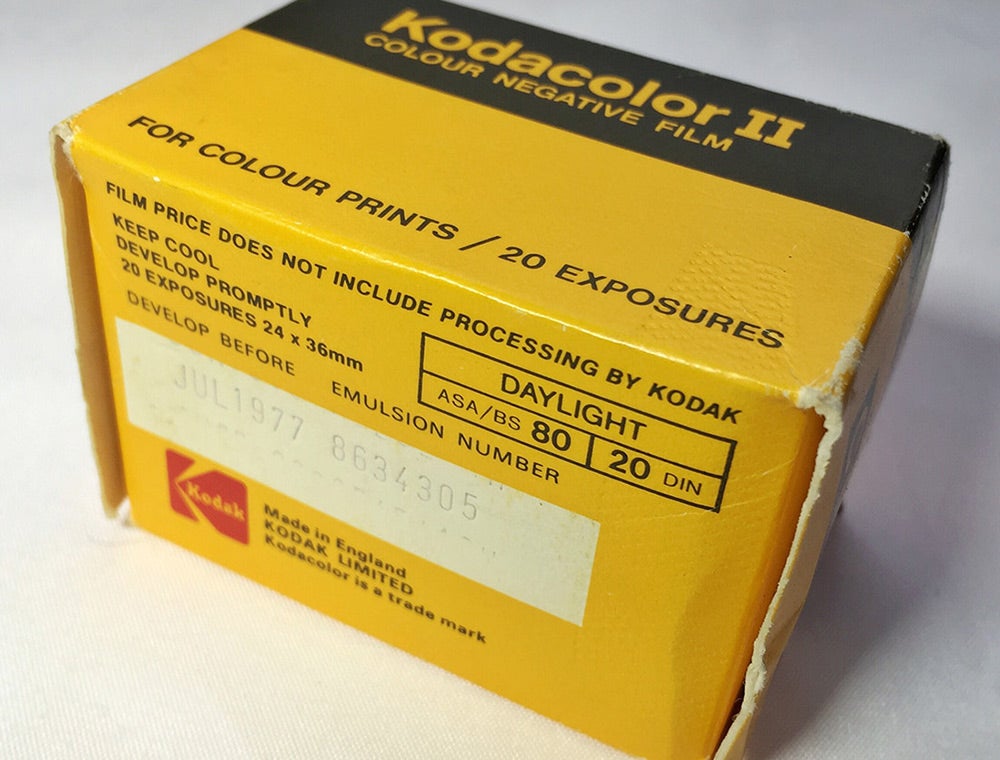
All of the above applies to black-and-white film or to developing color as black-and-white. For C-41 or E-6 films, you can ask a lab to push process, though most labs will only push by one or two stops. At home, consult your kit’s guide for push processing.
Lastly, cross-processing (developing color slide film as color negative and vice versa) may be an option. Color shifts are guaranteed (even with fresh film), but cross-processing can add contrast, particularly to expired slide film.
Why shoot expired film?
There are two main reasons for using expired film: economy and enigma.
Expired film, especially things that aren’t particularly old or unusual, can be dirt cheap. Lots of consumer and even professional color negative film that’s been well-stored and expired just a few years ago can be had for between 50 percent and 10 percent of the price of comparable fresh films, and still produce excellent results.
Older films, particularly consumer films from the 1980s and 1990s, can be found for $1 (US) per roll or even less. That’s where enigma comes into play.
For many photographers, using film of unknown provenance offers an unpredictability full of fun surprises. You may even get a variety of different effects on a single roll.
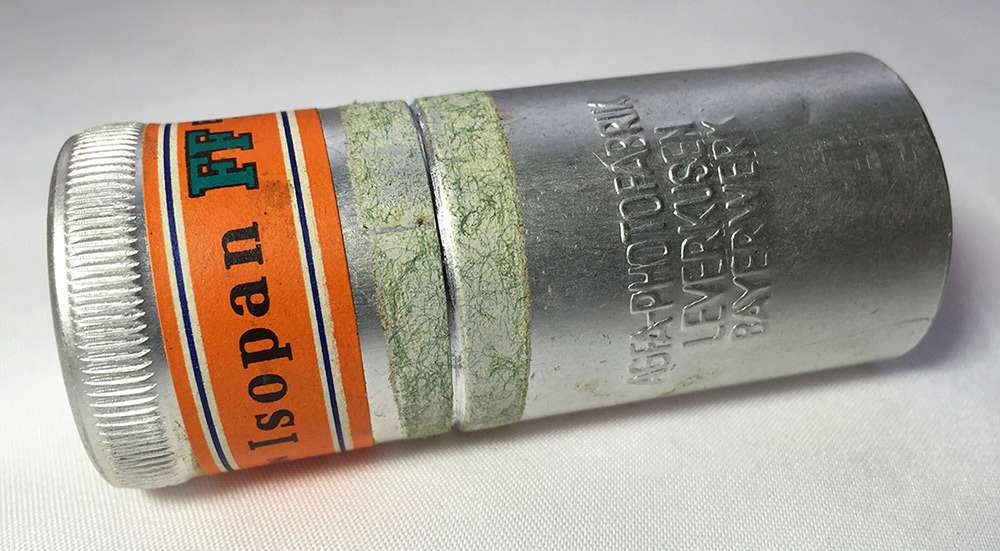
What’s the best expired film?
Whatever you can find!
There’s really no right answer here. Ask other photographers, or Google for hours, and you’ll find adherents to every emulsion, fresh or expired. Likely the most specific answer you’d get would be along the lines of “400 speed,” or “Kodak.”
Some classic emulsions, though, may fare better or offer more unique results than others. In general, the higher the silver content, the better— long-established brands like Kodak, Ilford, and Agfa are likely to degrade the most gracefully.
Many much-loved emulsions have been discontinued, such as Kodak Portra NC or VC, Panatomic-X, or Ektachrome E100VS, Fujifilm Professional 160 VPS or Reala 100, and Agfa Optima. Finding them expired is the only way to experience the unique qualities of these emulsions today.
Some films have been substantially the same for decades, and using old versions can give the same quality as fresh for a fraction of the price. This would include standbys like Kodak Tri-X and Ilford HP5. For example, both Old School Photo Lab and Film Rescue International report that Kodak Verichrome Pan often produces very good results with little to no compensation, even when it’s 50 years old.
Tungsten films haven’t been made fresh in years (discounting motion picture films, which are now available, fresh, in 35mm cassettes, from CineStill and others). If you want to see what Portra 160T or Fujichrome T64 look like, you’ll have to find them expired.
Consumer films, such as Fuji Superia and Kodak Gold, may fare worse than professional films as they age. Grain, especially, can be very pronounced, and you may find you need to compensate by even more than the 1-stop-per-decade standard.
And in a nutshell?
The most important thing to remember with expired film is that you never know what you’re going to get.
“It’s a real crap shoot,” says Frank.
Be prepared for things to turn out mediocre (or worse) sometimes and you’ll never be disappointed—but a lot of the time they’ll turn out fine. Once in awhile you’ll even get something really interesting or artistic. Now go dig through those closets and get out there!
This article was originally published in 2016. For more, check out Daniel J. Schneider’s official website. You can also keep up with Expired Film Day on Twitter.
The post The complete guide to shooting expired film appeared first on Popular Photography.